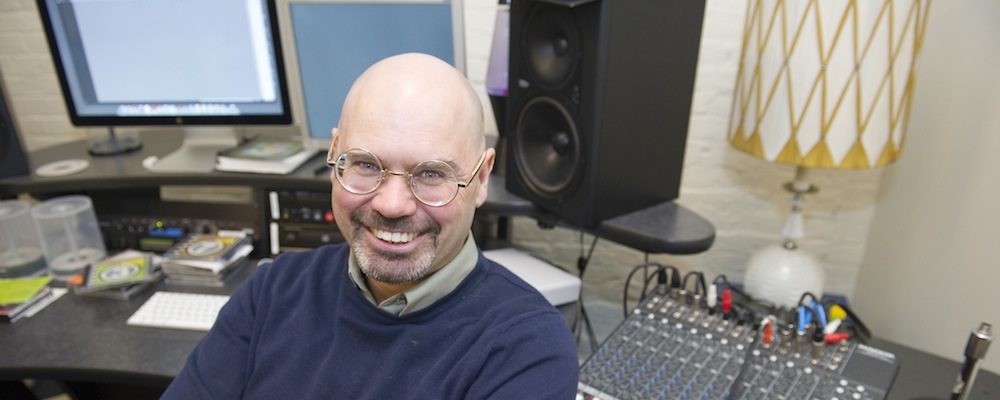3Qs: Technology and the power of sound

Words are often seen as powerful tools. But in his new book, “Sonic Persuasion: Reading Sound in the Recorded Age,” Greg Goodale, assistant professor of communication studies, critically analyzes how a wide range of actual sounds — from U.S. presidents’ audio recordings to cartoon soundtracks — have been used as persuasive devices, often providing greater meaning to interpretations of identity, culture and history.
When did politicians start realizing sounds could be used to persuade, and how did this idea evolve?
Around the turn of the 20th century, phonographs were becoming increasingly ubiquitous and appearing in many public places. The first political recordings we have are from actors imitating Grover Cleveland in 1892 and William McKinley in 1896, but Theodore Roosevelt was the first to truly discover the power of sound. His predecessors were often overly eloquent, stressed vowels, and paused between words because they spoke to large crowds. But Roosevelt understood his voice could be heard in people’s homes and saloons through the phonograph.
Later, Franklin Delano Roosevelt became the first great communicator by realizing the power of radio. When FDR says in his 1933 inaugural address, “The only thing we have to fear is fear itself,” he pauses after “is,” creating a question before he answers “fear itself” — understanding the power of that moment for millions of Americans listening intently.
From analyzing the persuasiveness of different sounds, did you discover any other influential figures?
Billie Holiday really mastered sound in the 1930s and changed the way singers sing, particularly through syncopation — or purposefully disrupting the rhythm. In her song, “Strange Fruit,” she turns words into their definitions through reverse onomatopoeia. She compacts the word “sudden” into a single sound, making it feel very sudden. With the word “fall,” her voice falls through the scale. She added an entirely new dimension to music.
How have noise and other sounds been used as effective persuasive devices?
One example is the bomb-dropping sound when Wile E. Coyote falls in the “Road Runner” cartoons. The original falling noise was a variety of sounds, including dive-bombers and violins descending the scale. But after the civil defense film, “Duck and Cover” came out in 1952, Chuck Jones, the cartoon’s producer, changed it to that of a bomb falling. In a strange way, it was a comforting sound because Americans were assumed to be the ones bombing others. “Duck and Cover” was training kids to be afraid. Jones was trying to remove that fear.
Also, the sound of trains — the loudness, the bells and whistles, the chugging — represents industrialization, and many authors wrote about this sound being disturbing. In reaction, the train becomes incorporated in American sound in the 1890s, notably in music to diminish the threat trains pose. In his 1940 song “Special Streamline,” Bukka White turns the noise into music, making locomotive sounds comforting — in particular for the African American audience emigrating out of the South to the North, many of whom had never heard this sound before.




